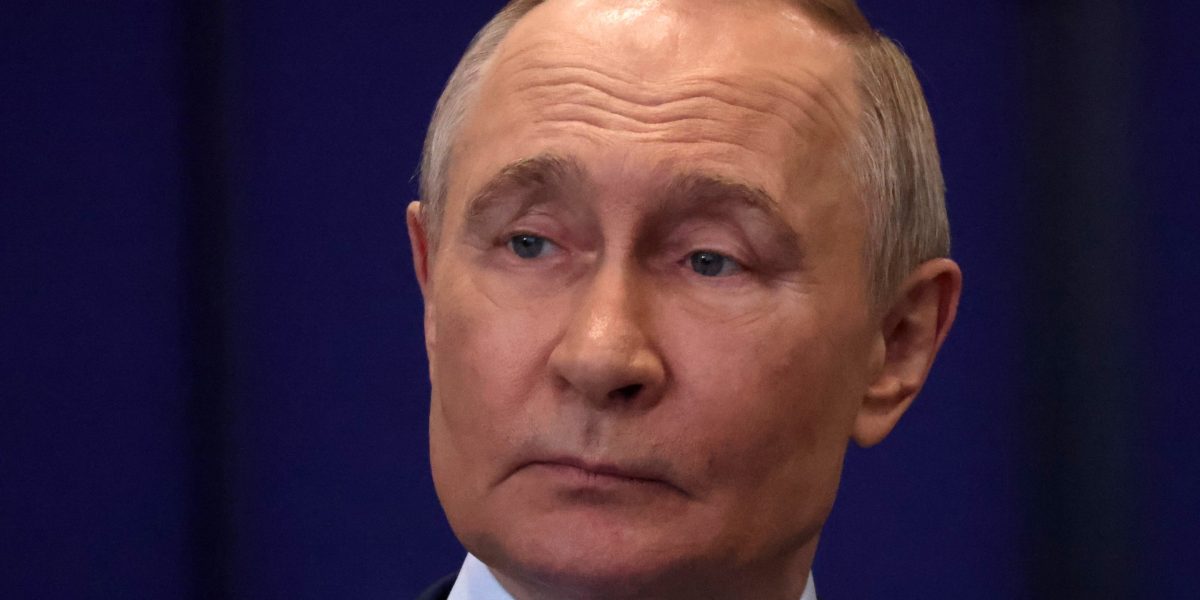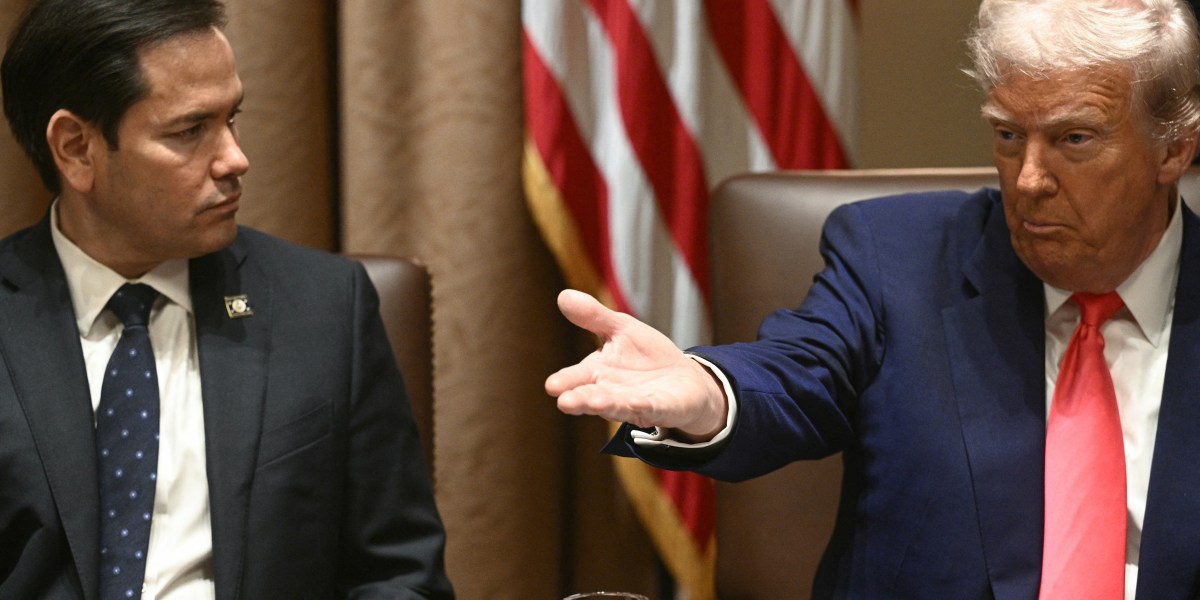Ukraine’s President Volodymyr Zelenskiy accused Kremlin forces of violating a 30-hour Easter Sunday truce declared by Russian President Vladimir Putin, and reiterated his proposal to extend the ceasefire for another month.
Russia’s defense ministry responded that Ukraine wasn’t adhering to the short-term truce, and had shelled Russian positions hundreds of times since Saturday night. Neither side’s claims could be verified.
Posting on social media, Zelenskiy said Russia was trying to create “the general impression of a ceasefire” and generating “favorable PR coverage.”
He cited 59 cases of shelling and five assault actions by Russian units in various frontline areas on Sunday morning, based on an early-morning report from Armed Forces commander-in-chief Oleksandr Syrskyi. In an update, Zelenskiy said there’d been an increase in shelling and the use of kamikaze drones in the late-morning hours.
The most active operations were in the vicinity of Pokrovsk and Siversk in Ukraine’s east, where Kremlin forces continue to use heavy weaponry, he said.
Still, neither side reported any of the kind of missile attacks or large-scale drone swarms that have taken place regularly in the war, which is now well into its fourth year.
“Our soldiers everywhere respond in the way the enemy deserves in specific combat circumstances,” Zelenskiy said in his post. “Ukraine will continue to mirror Russian actions.”
Putin ordered the pause in hostilities, lasting little more than a day, during a televised meeting on Saturday with the military’s chief of the general staff, Valery Gerasimov. The truce is due to end at midnight Moscow time.
Zelenskiy dismissed the pronouncement as “yet another attempt by Putin to play with human lives.” Even as the Russian leader spoke, air raid alerts were spreading across Ukraine, with attack drones detected in the skies, he said on X.
Read more: Trump Says US to ‘Take a Pass’ If Russia or Ukraine Balk on Deal
“If a complete ceasefire truly takes hold, Ukraine proposes extending it beyond the Easter day of April 20,” he wrote. “That is what will reveal Russia’s true intentions — because 30 hours is enough to make headlines, but not for genuine confidence-building measures. Thirty days could give peace a chance.”
Putin’s move came a day after the US warned that it may soon abandon efforts led by President Donald Trump to end the war in Ukraine if there isn’t meaningful progress toward a ceasefire.
Trump, who on the campaign trail vowed that he could quickly end the war, has expressed increasing frustration with the pace of negotiations with Putin. Still, he’s shown determination to get a deal done within 100 days of his Jan. 20 inauguration, which falls on April 30.
Read more: US Is Open to Recognizing Crimea as Russian in Ukraine Deal
The US is open to recognizing Crimea – which Russia has occupied since 2014 — as part of Russia under a peace agreement with Ukraine, Bloomberg reported on Friday, citing people familiar with the matter. A US framework presented to allies on Thursday included easing sanctions on Moscow in the event of a lasting ceasefire.
Ukrainian Foreign Minister Andrii Sybiha on Saturday said his country has already agreed “unconditionally” to the US proposal for a “full interim ceasefire for 30 days.” In contrast, Russia has “imposed various conditions and increased terror against Ukraine, civilians, and civilian infrastructure throughout the country,” Sybiha said on X.
Russia has tied its agreement to a cessation of hostilities to sanctions relief and a suspension of arms deliveries to Ukraine, among other things.
The past few weeks have seen a pair of especially deadly Russian missile attacks on civilian targets in Ukraine, including on Kryvih Rih, Zelenskiy’s home town, and the northeastern city of Sumy.
At the same time, Russian troops, which control about 20% of Ukraine, continue to inch forward on the battlefield. Moscow said Saturday it ejected Ukrainian forces from a village in the Russian region of Kursk; Gerasimov said Saturday that Russia has recovered 99.5% of territory that Kyiv’s troops at one point held in Kursk.
Meanwhile, Russia and Ukraine each swapped 246 prisoners of war each on Saturday, and Russia also set free 31 wounded Ukrainian soldiers in return for 15 Russian troops needing urgent medical care, according to Russia’s defense ministry. The exchange, brokered by the United Arab Emirates, was the latest such deal that’s seen several thousand soldiers released.
This story was originally featured on Fortune.com
Source link


 Entertainment8 years ago
Entertainment8 years ago
 Politics8 years ago
Politics8 years ago
 Entertainment8 years ago
Entertainment8 years ago
 Entertainment8 years ago
Entertainment8 years ago
 Tech8 years ago
Tech8 years ago
 Tech8 years ago
Tech8 years ago
 Tech8 years ago
Tech8 years ago
 Politics8 years ago
Politics8 years ago


 (@andrii_sybiha)
(@andrii_sybiha) 



